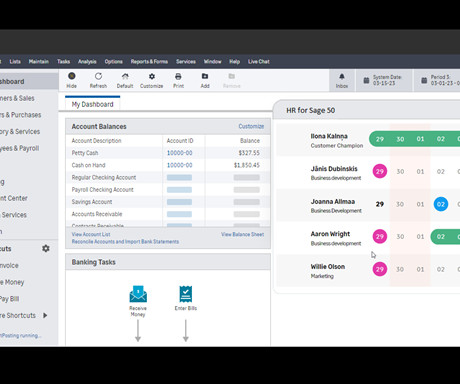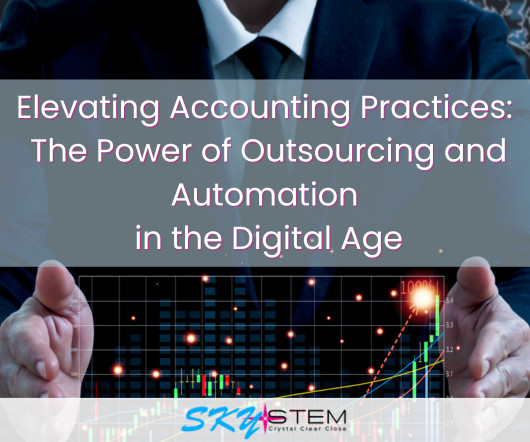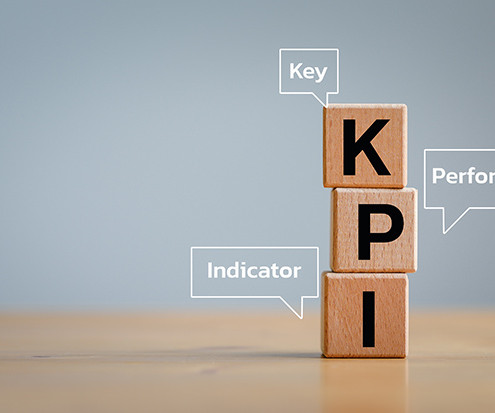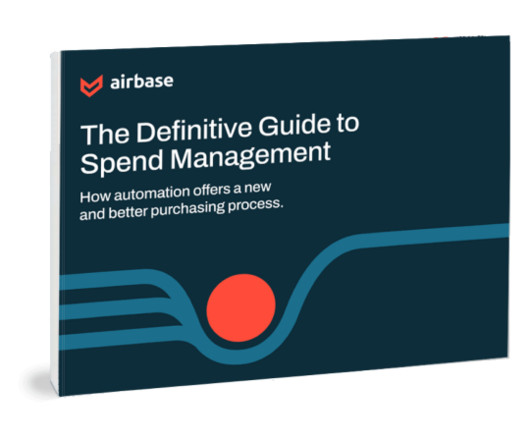Chase Bank Requires QuickBooks Accounts' Reconnections
Insightful Accountant
OCTOBER 22, 2023
As part of security enhancements being implemented between mid-October and the end of November 2023, Chase Bank will require all QBO and QuickBooks Desktop users to reconnect their bank connections.






























Let's personalize your content